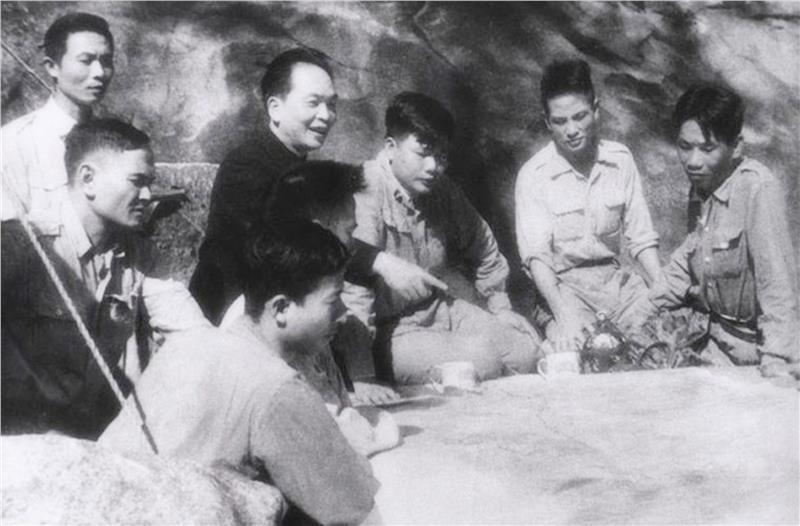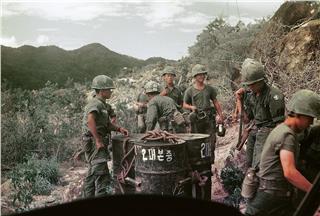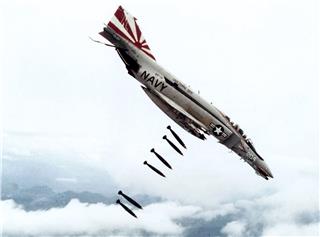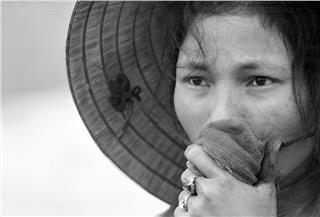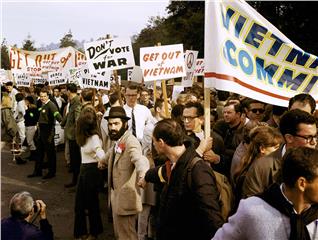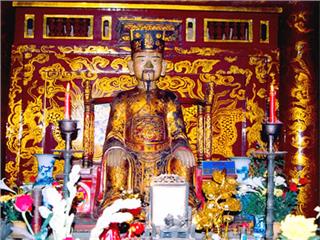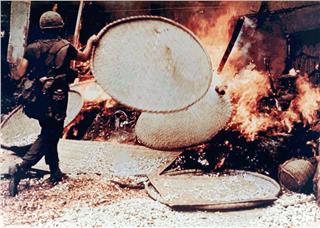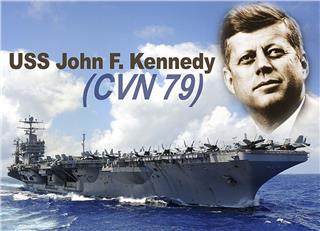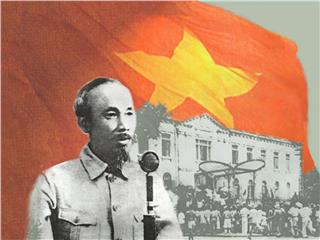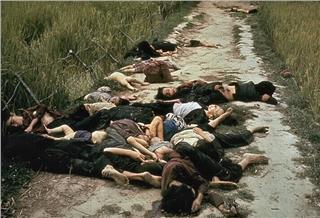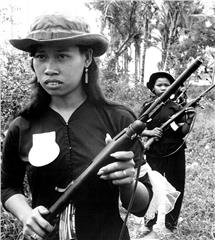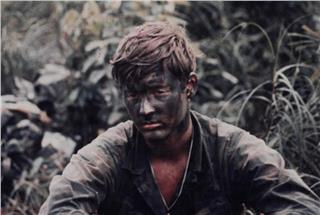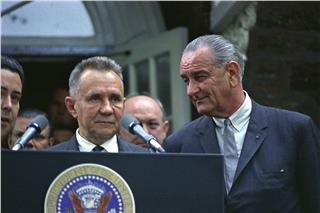French invasion in Vietnam officially ended with the victory of Vietnamese armed forces in Dien Bien Phu. At the same time, the victory with Geneva Conference created favorable condition for other countries, Laos and Cambodia, to regain independence.
In January 1950, the Soviet Union and the People’s Republic of China recognized the Democratic Republic of Vietnam as an independent government of Vietnam. Yet, the back of France in South Vietnam was noticed by non-communist nations. The French continued to support Bao Dai, as the legitimate of Vietnamese government. Besides, Korean War, which broke out in June 1950, prompted many policymakers in Washington that the spread of communism in Indochina was growing through the direction of the Soviet Union.
In July 1950, the Democratic Republic of Vietnam started to be supported by military advisors of People’s Republic of China (PRC). After that, the guerrilla force of Viet Minh was transformed into regular army with the support of PRC weapons, expertise, and laborers. During the year, the United States aided France in Indochina War. In September 1950, a Military Assistance & Advisory Group was created in South Vietnam to support the French. Previously, in late 1949, the U.S officially pledged to join French War in Vietnam against Viet Minh through a series of steps. In October 1949, the U.S. sent a delegation consisting of representatives of assembly and diplomats to Southeast Asia, and then to Saigon to judge the situation. On November 28, 1949, the Vietnamese government’s representative was invited to visit the U.S. Bao Dai appointed Buu Loc, the director of the governmental office of Bao Dai’s government to America. From July 1950 to January 1, 1951, the U.S supported France with nearly US$300 million of weapons and military facilities. In spite of the military arid from America, the French still worried about the intention of America in supporting the formation of independent Vietnamese nation which isolated from French Union. Thus, on June 16, 1952, Le Tourneau, the minister of French government in Indochina announced that the French received aids from America without the intervention of other nations’ armed forces. According to talks between France and America, the use of three tactical nuclear weapons was taken into consideration seriously by America whom was vague and contradictory. In 1954, 300 thousand of small arms had been supplied by the U.S, while US$1 billion had been spent in the French military effort. During this time, the United States was shouldering 80 percent of war cost in the region.
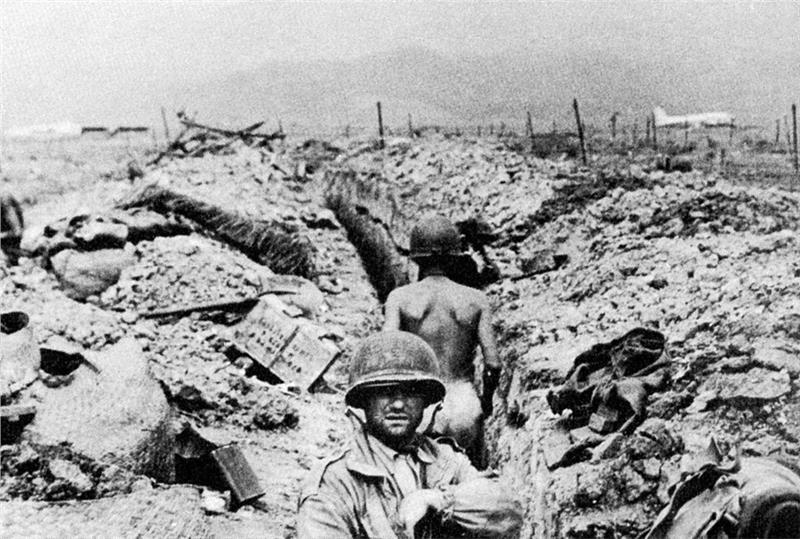
Since 1950, by connecting with China’s border and receiving a huge military aid from China and the Soviet Union, the People's Army of Vietnam had grown with divisions of infantry and artillery regiments. In addition, the infantry had experienced on hitting battalion of French fortified –defense troops. The Command of Vietnam People's Army accessed Battle of Dien Bien Phu as an opportunity to destroy strongholds of France, creating a victory to put an end to prolonged resistance war. Therefore, the People’s Army of Vietnam accepted the challenge of the French to attack Dien Bien Phu. This is a strategic battle of the People’s Army of Vietnam led by Vo Nguyen Giap.
The Viet Minh had to suffer Indochina War for 7 years. Therefore, in April 1943, they decided to change their struggle’s line to Laos, a new independent nation as well as ally of France. In November 1953, the French started to build its strongholds in Dien Bien Phu. General Henri Navarre, the commander of the French military operations in Indochina, decided to set up footholds at strategic Dien Bien Phu valley to protect Laos and cut supplying lines of Viet Minh. This garrison was established in November 1953 with 3, 000 paratroopers and a runway which was used to receive reinforcements and military supplies. In this situation, the French misunderstood that the armed forces of General Vo Nguyen Giap lacked military facilities to raid French footholds. In Januray 1954, there were about 40 thousand of Viet Minh soldiers surrounding French garrisons; then, in March 1954, the number of Viet Minh soldiers reached to 60 thousand.
On March 13, 1954, the Viet Minh launched a blizzard of bombards by firepower and grenades. The runway was damaged and useless. The French had the difficulty in attacking the offensive with the perfect disguise of Viet Minh. After 56 days and nights, the Dien Bien Phu stronghold fell. All 16,000 French troops was killed or interned. The Battle of Dien Bien Phu was the greatest military victory of the People's Army of Vietnam in the entire Indochina War. Internationally, this battle has a great significance: it is the first time an army of colonial Asian country defeated an army of a European power. The battle of Dien Bien Phu ended on May 7, 1954 after nearly 2 months of non-stop fighting in a valley where the French troops were surrounded and defeated completely. It is a great milestone in the history of the movements of independence worldwide. The Battle of Dien Bien Phu blew the strong will of maintaining Indochina as a territory of French Union, and forced the French to leave Indochina countries.
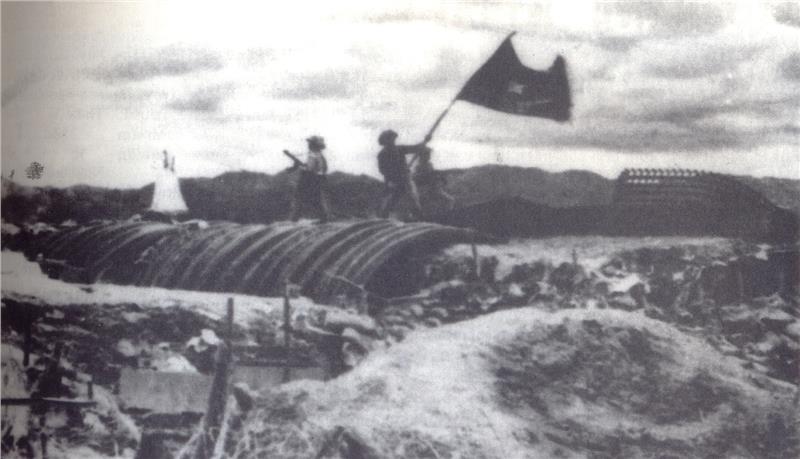
On May 8, 1954, Geneva Conference was held to discuss the issue of restoring peace in Indochina. In Geneva Conference, the parties which joined Indochina War ceased fire and disarmed. The French negotiated an agreement with the Viet Minh, and granted independence to Cambodia, Laos, and Vietnam. According to the arrangement of powers, Vietnam was divided into two temporary gathering areas for the opposing sides. Northern Vietnam belonged to the People's Army of Vietnam, while Southern Vietnam was occupied by the forces of the French Union. The 17th Parallel (now passing Quang Tri Province) was considered a boundary as well as a temporary demilitarized zone which was established along the banks of Ben Hai River in Quang Tri. Armed forces of two sides had to withdraw back to the specified areas within 300 days. During this transition, Vietnamese people had a right to reside in the area they wanted and to be supported in their movement.
In Northern Vietnam, the Democratic Republic of Vietnam, a socialist state led by Viet Minh conducted a drastic landform program in which about 100 thousand wealthy landowners were executed. In 1956, a large amount of land was restored to the original owners through this program by the Communist Party leaders of Hanoi. Meanwhile, in Southern Vietnam, Bao Dai with the support of the French become the Head of a non-communist state, and Ngo Dinh Diem was his Prime Minister. Besides, a large number of northern Catholics flew south. The last French soldiers left Vietnam in April 1956. At around the same time, the People’s Republic of China withdrew its armed forces from Vietnam.
